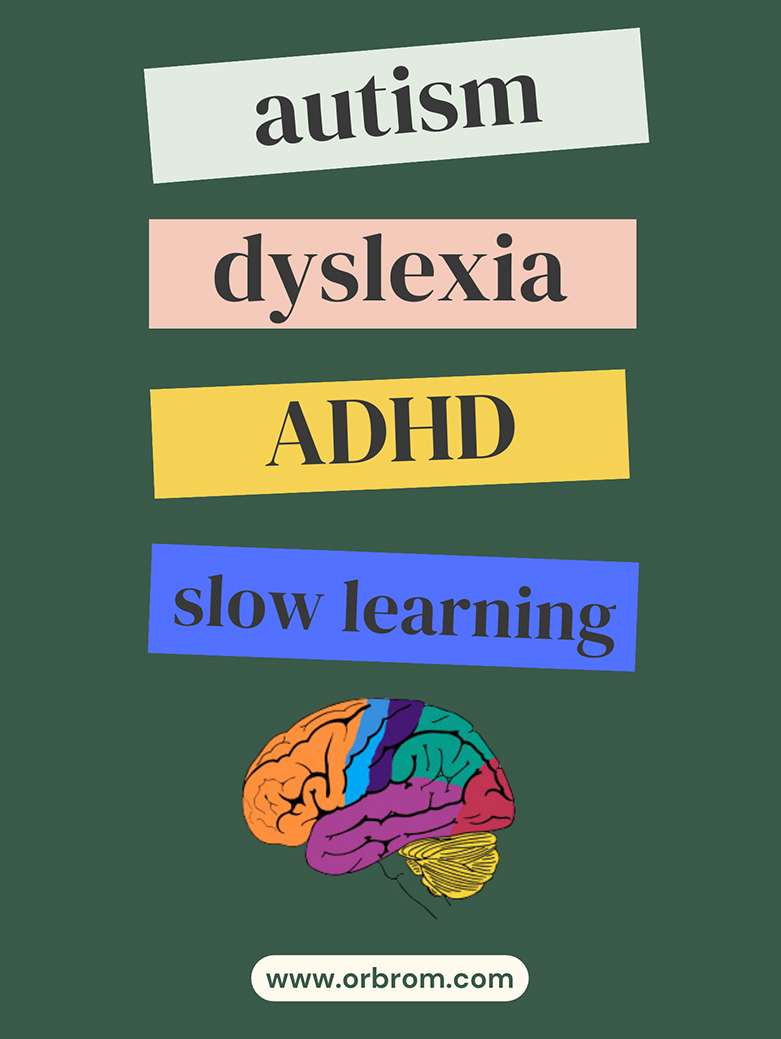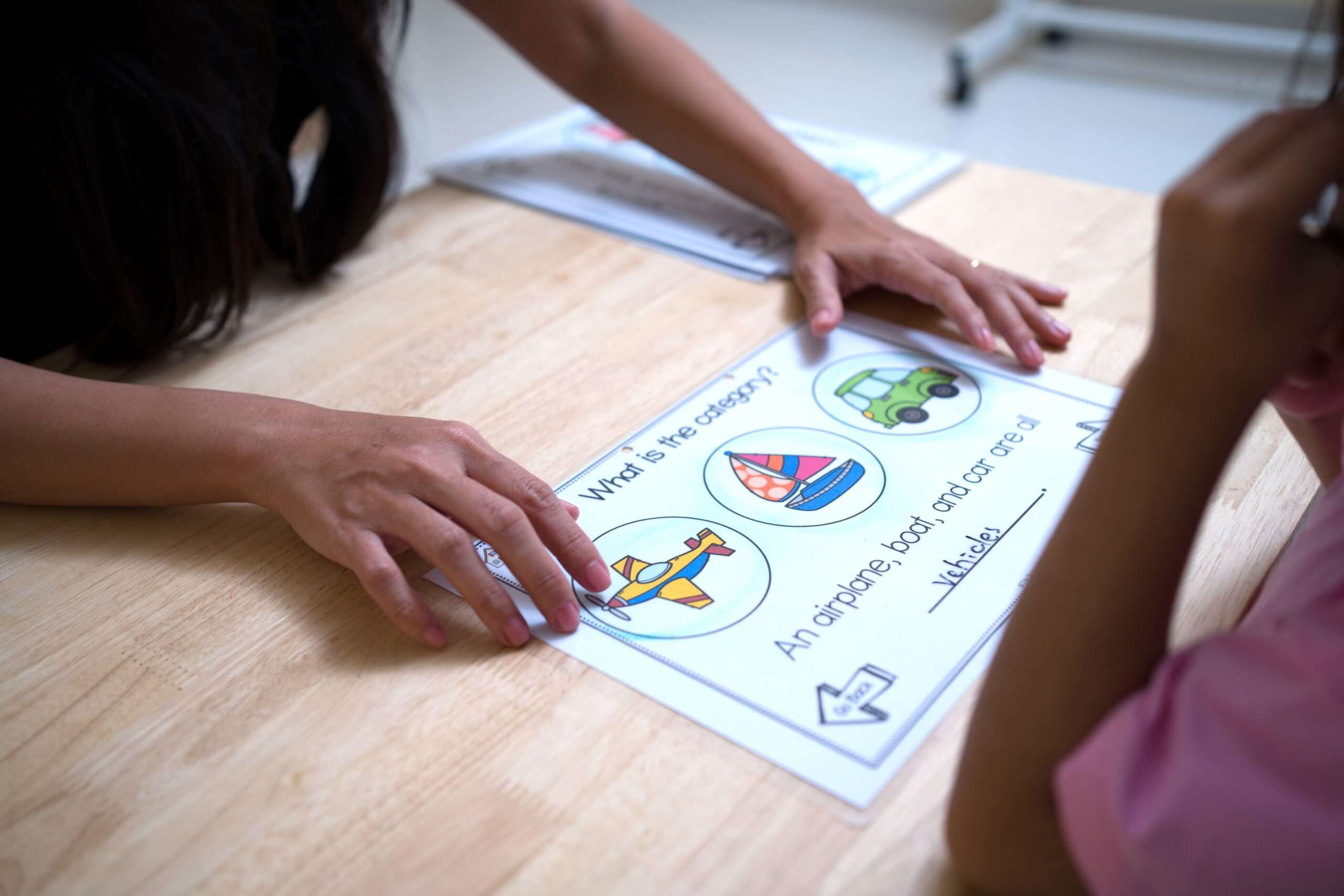Dyslexia is a common learning difference that affects how a child processes written language. It can manifest in challenges with reading, spelling, and written expression. While navigating school can pose hurdles for a dyslexic child, with the right support and resources, they can thrive in the classroom environment.
This blog explores various strategies for parents and educators to empower dyslexic children and unlock their full potential.
Understanding Dyslexia
The first step is acknowledging and understanding dyslexia. It’s crucial to remember that dyslexia is not a reflection of intelligence. Dyslexic children often possess exceptional strengths in other areas, such as creativity, problem-solving, and spatial reasoning.
Here are some common signs of dyslexia to be aware of:
- Difficulty with reading fluency and accuracy
- Challenges with decoding and blending sounds
- Misspelling words despite proper pronunciation
- Difficulty with following written instructions
- Struggles with note-taking and organization
Building a Support Network
Early intervention is key for dyslexic children. Collaborate with your child’s pediatrician or school counselor to explore appropriate assessments. A formal diagnosis can help unlock valuable resources and support services within the school system.
Empowering the Classroom Experience
Schools are increasingly equipped to support students with dyslexia. Here are some accommodations that may be beneficial:
- Instructional Techniques: Utilizing multi-sensory learning approaches that incorporate visual, auditory, and kinesthetic elements can significantly enhance information processing for dyslexic learners.
- Assistive Technologies: Text-to-speech software and audiobooks can alleviate the burden of reading and promote comprehension.
- Organizational Strategies: Providing graphic organizers and clear outlines can help dyslexic children structure information and stay on track.
- Assessment Modifications: Granting extra time on tests, allowing for oral responses instead of written exams, or offering alternative assignments can create a more inclusive assessment environment.
Fostering a Positive Learning Mindset
A positive and encouraging environment is crucial for a dyslexic child‘s self-esteem and motivation. Here are some tips to nurture a growth mindset:
- Celebrate Progress: Acknowledge even small improvements and celebrate milestones along the learning journey.
- Focus on Strengths: Highlight your child’s unique abilities and talents.
- Open Communication: Encourage open communication about challenges and frustrations. Normalize mistakes as opportunities for learning and growth.
- Collaboration: Connect with other parents of dyslexic children for peer support and information sharing.
Equipping Yourself with Knowledge
Parents play a vital role in advocating for their child’s needs. Researching dyslexia and familiarizing yourself with available resources empowers you to collaborate effectively with teachers and school administrators.
Conclusion
Dyslexia presents challenges, but with the right support and a focus on individual strengths, a dyslexic child can achieve academic success and personal fulfillment. Remember, you’re not alone on this journey.








Leave A Comment